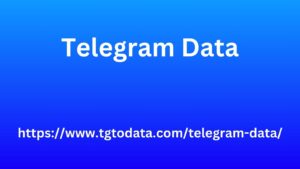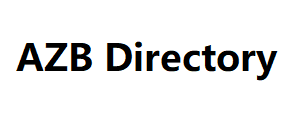In today’s digital age, cellphone numbers are essential for communication, business, and social connections. Understanding how US cellphone numbers are structured and function can be beneficial for various reasons, from ensuring effective communication to setting up business operations in the United States. This guide aims to demystify US cellphone numbers, covering their structure, the role of area codes, and tips for international communication.
The Structure of US Cellphone Numbers
A standard US cellphone number follows a Malaysia TG Number Data specific structure, making it easy to recognize and use. The format typically looks like this: (XXX) XXX-XXXX. Here’s a breakdown of what each segment represents:
Area Code (NPA)
The first three digits represent the area code, also known as the Numbering Plan Area (NPA). This code is crucial as it designates a specific geographic region within the United States. Initially, area codes were used to divide the country into regions for easier call routing. Although area codes were initially geographically bound, the proliferation of cellphones and advancements in technology have made the lines more blurred. Nowadays, a cellphone number’s area code might not necessarily reflect its current physical location due to number portability.
Central Office Code (NXX)
The next three digits form the central office code, also known as the exchange code. This segment is used to route calls to the correct central office within the designated area code. Central offices are essentially local telephone exchanges responsible for managing the connections between the caller and the recipient.

Line Number (XXXX)
The last four digits are known as the line number. This unique identifier differentiates individual lines within a central office. Each line number is unique within its central office, ensuring that no two lines have the same number within the same exchange.
The Role of Area Codes
Geographic Significance
Initially, area codes were strictly Hong Kong Phone Number geographical, with each code representing a distinct region. For instance, 212 is famously associated with New York City, while 310 is recognized in Los Angeles. This geographic association helped in identifying the origin of the calls. However, with the advent of mobile phones and the increasing demand for new numbers, the geographic significance of area codes has diminished somewhat. Nowadays, people can keep their numbers, including area codes, even when they move to different parts of the country.
Overlay and Splits
Due to the high demand for new phone numbers, many regions have implemented area code overlays and splits. An overlay occurs when a new area code is introduced to the same geographic region as an existing code, meaning that two different area codes serve the same area. This approach prevents the exhaustion of available numbers. On the other hand, a split involves dividing a region into two or more areas, each with its own distinct area code. Both methods help manage the growing need for more phone numbers.
Tips for International Communication
For individuals and businesses dealing with international communication, understanding how to correctly dial US cellphone numbers is essential.
Dialing from Abroad
When dialing a US cellphone number from outside the country, you need to use the international dialing prefix for your country, followed by the US country code (+1), the area code, and the local number. For example, if you are calling a number in New York City (212 area code), you would dial: +1 212 XXX XXXX.
Managing Time Zones
When making international calls, consider the time zone differences. The United States spans multiple time zones, from Eastern (EST) to Pacific (PST). Ensure that you are calling at a convenient time for the recipient.
Utilizing Communication Apps
With the rise of internet-based communication apps like WhatsApp, Skype, and Zoom, international calling has become more accessible and cost-effective. These apps often use the phone’s data or Wi-Fi connection, allowing for free or low-cost calls to US cellphone numbers.






